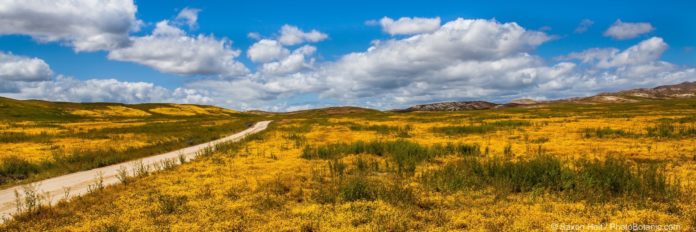I found myself composing lots of panorama photos this past year.

I visited a number of expansive landscapes and used panoramas to evoke a sense of wide open spaces.
It’s started in the early spring when I went to Southern California for the wildflower superbloom.
Anza Borrego State Park in the Sonoran Desert is about as wide open space as you could imagine, and it was carpeted with wildflowers.
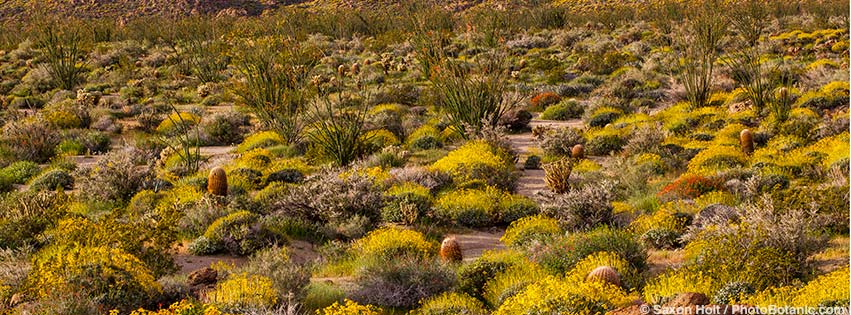
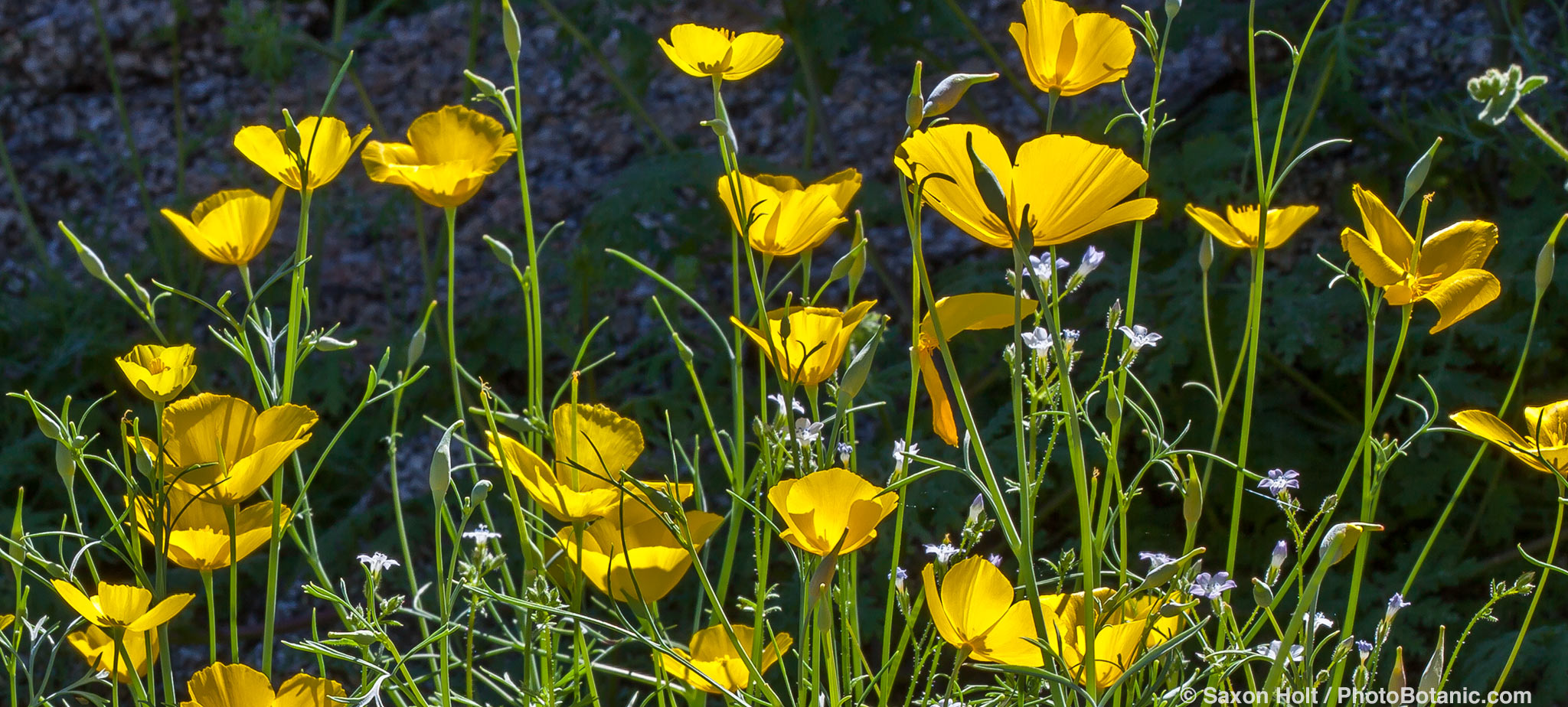
Then, a few weeks later, I went on to see Carrizo Plains one of the last grassland preserves in California. It is even more expansive than Anza Borego. I loved seeing the road disappearing into the horizon through a field of Monolopia wildflowers.
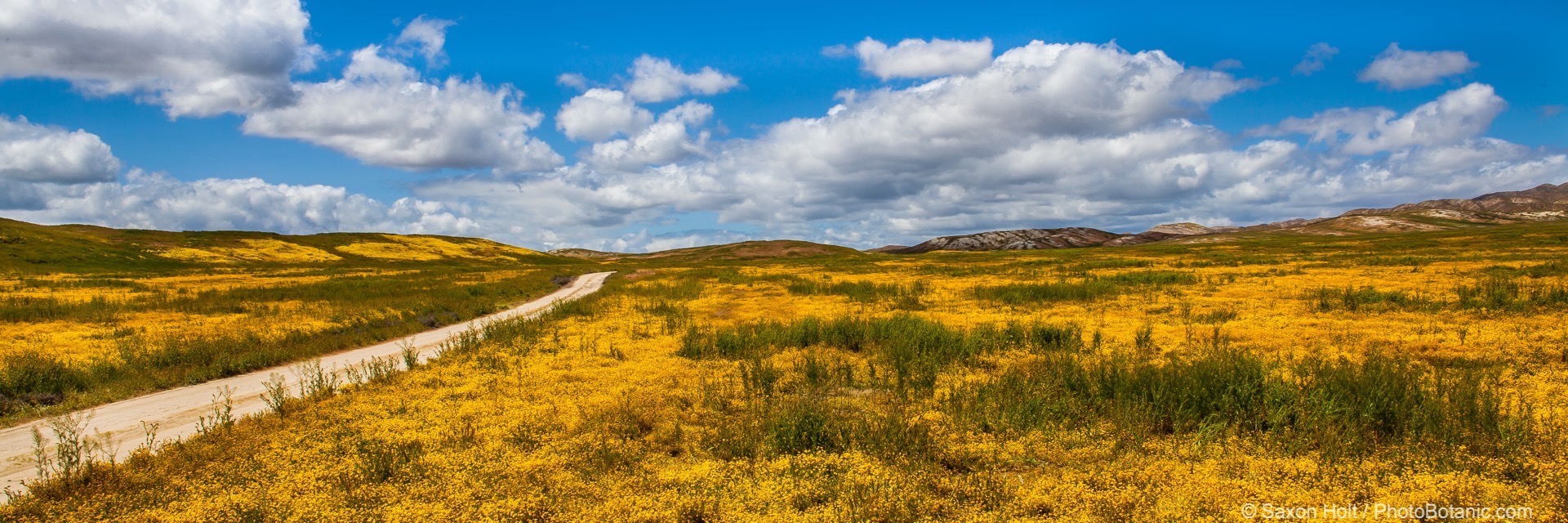
I made a post about making panoramas at Carrizo on my PhotoBotanic blog where you will find some of these photos shown as before and after.
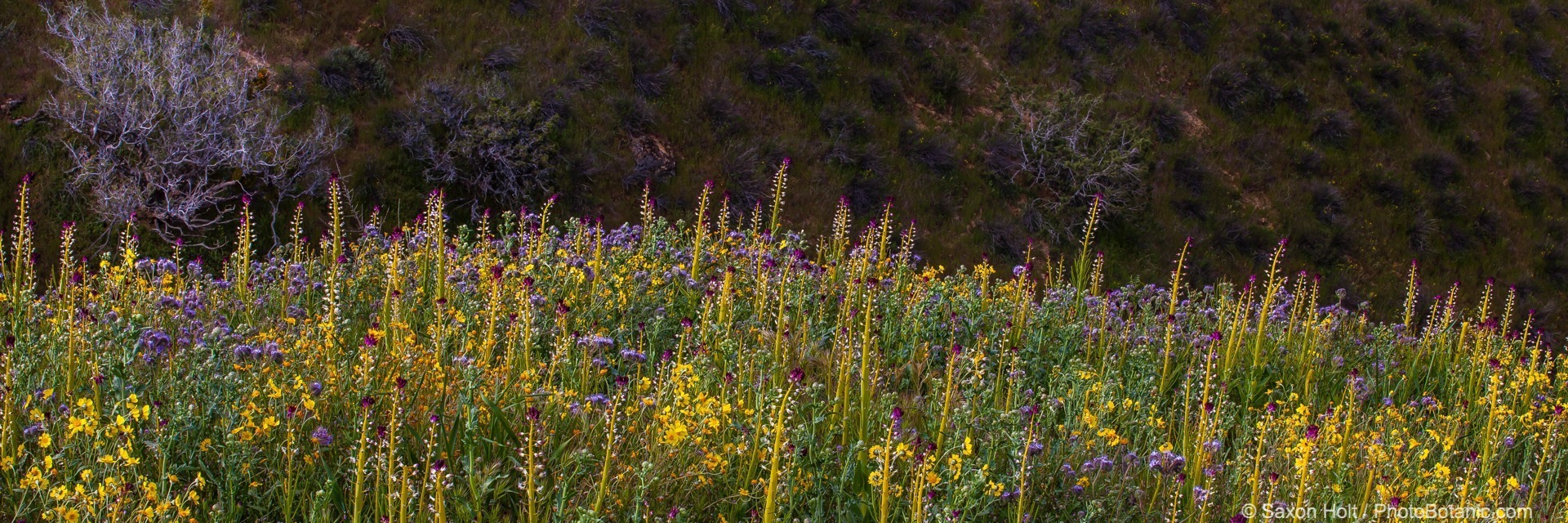
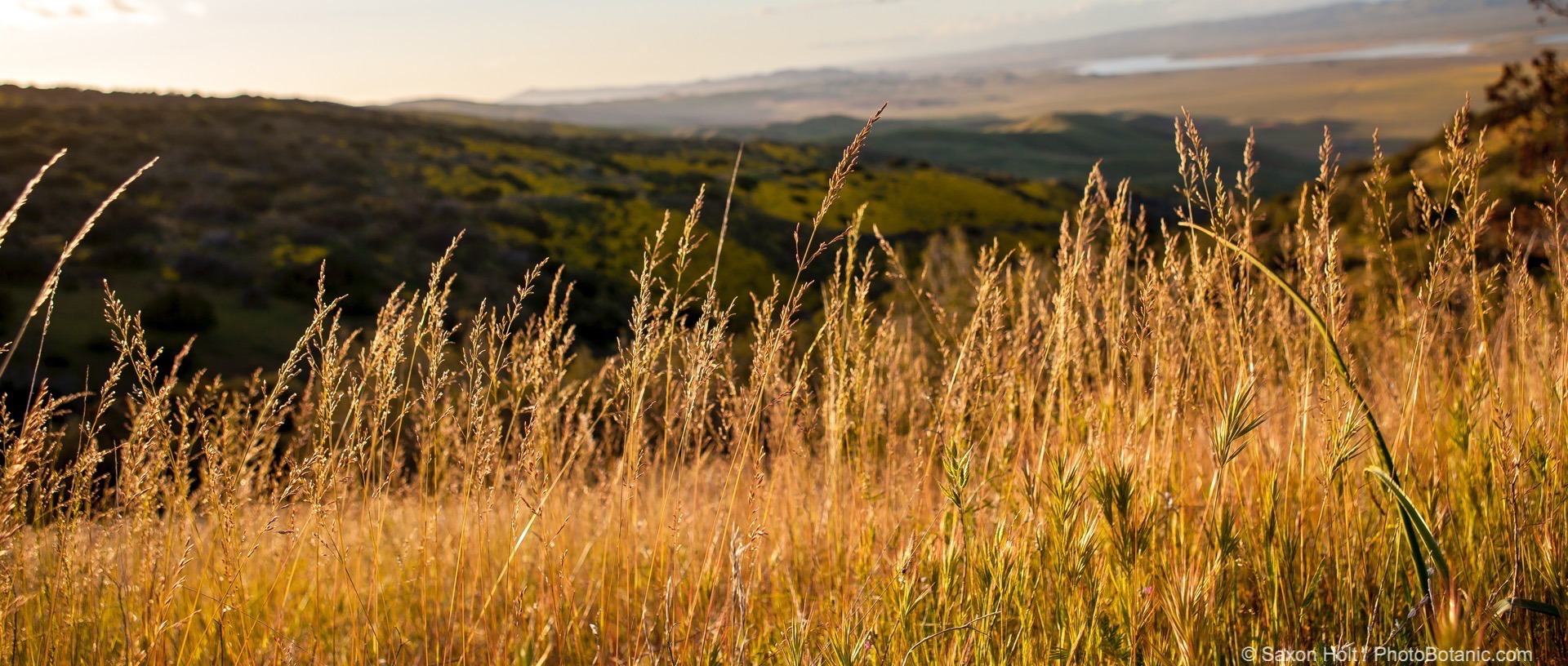
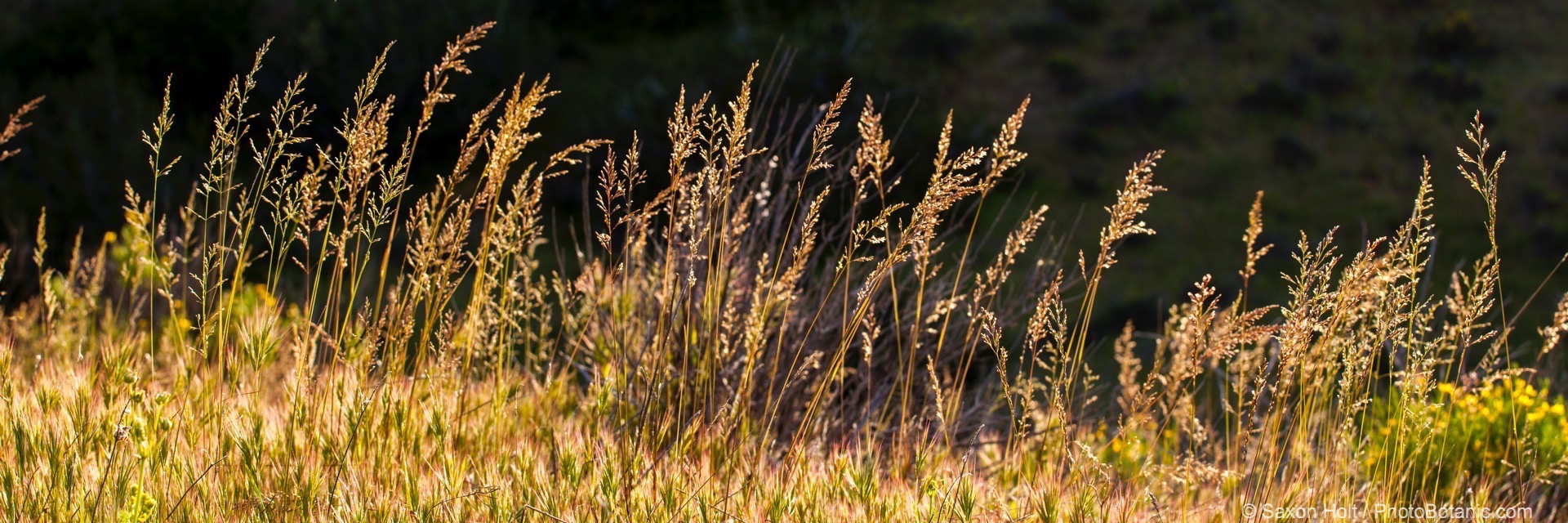

In Oklahoma I visited the Tallgrass Prairie Preserve, another vast grassland, suited to panoramas.

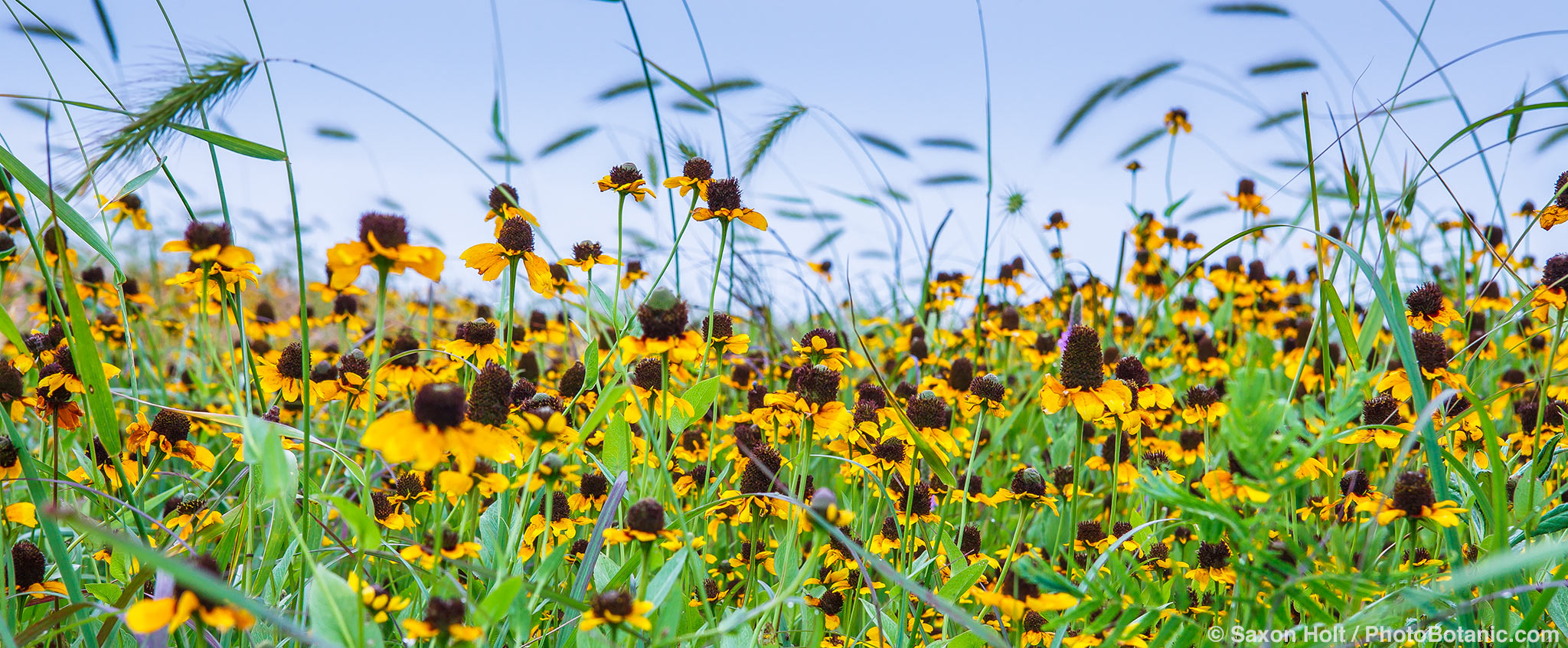
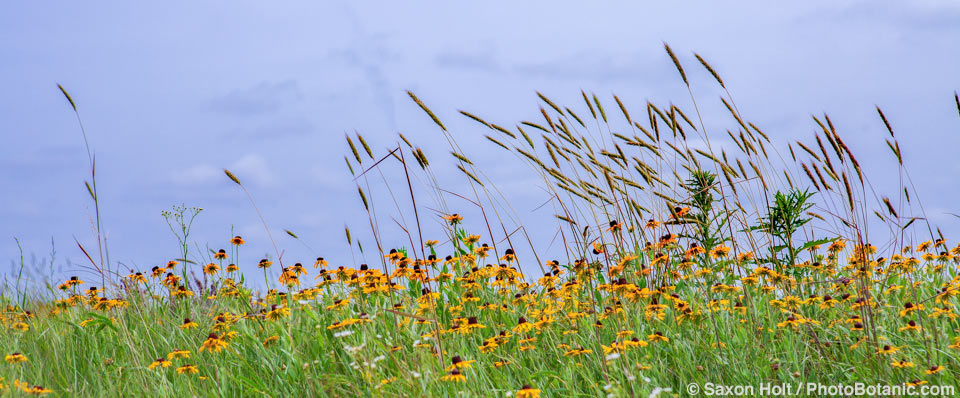
The only real trick about making a Panorama crop out of the traditional rectangle that most cameras create, is to line up the horizon line in the middle of the frame to reduce lens warping. You can always compose the final composition where the horizon line is not dead center, but in the original capture, putting the horizon line in the center will keep it straight in the final photograph.
More details in this blog post Panoramas of the Prairie when I visited West Bijou Ranch in Colorado.


At the end of the year I started documenting the recovery after the wildfires in Northern California.
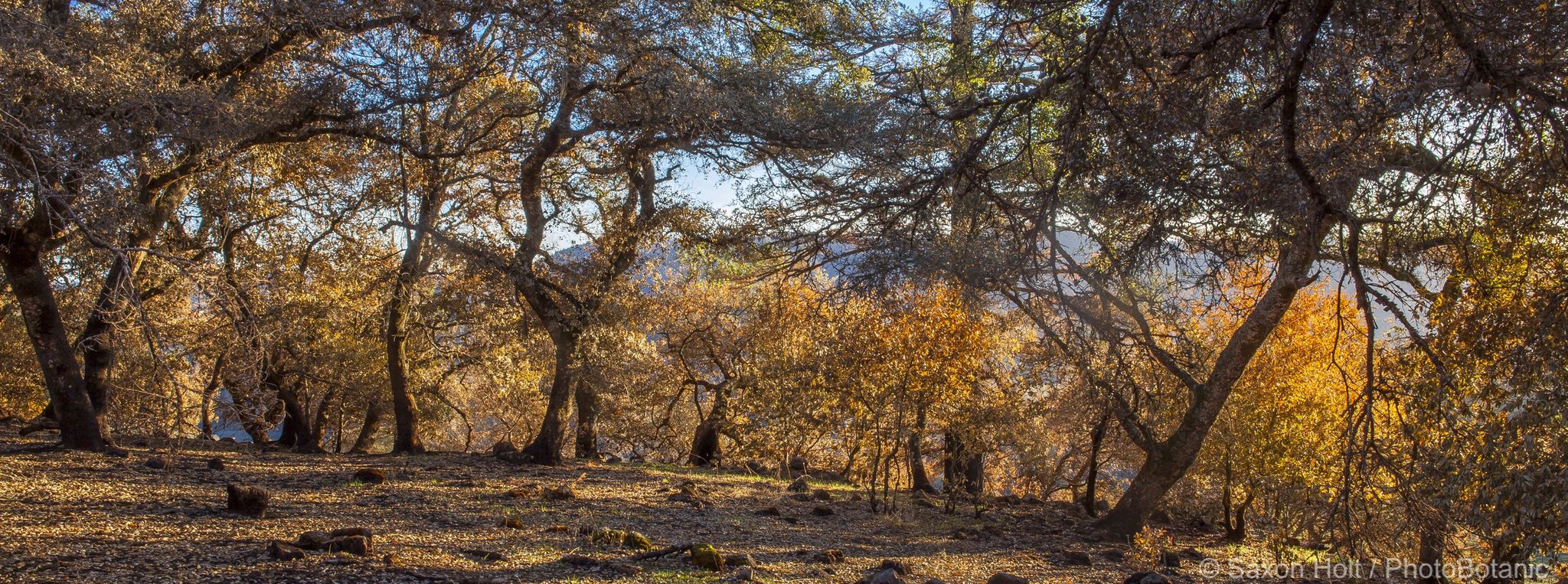

Late afternoon light makes the burned trees seem as if they have fall color. There is a certain determined beauty to this landscape, especially as the green grasses re-sprouted.
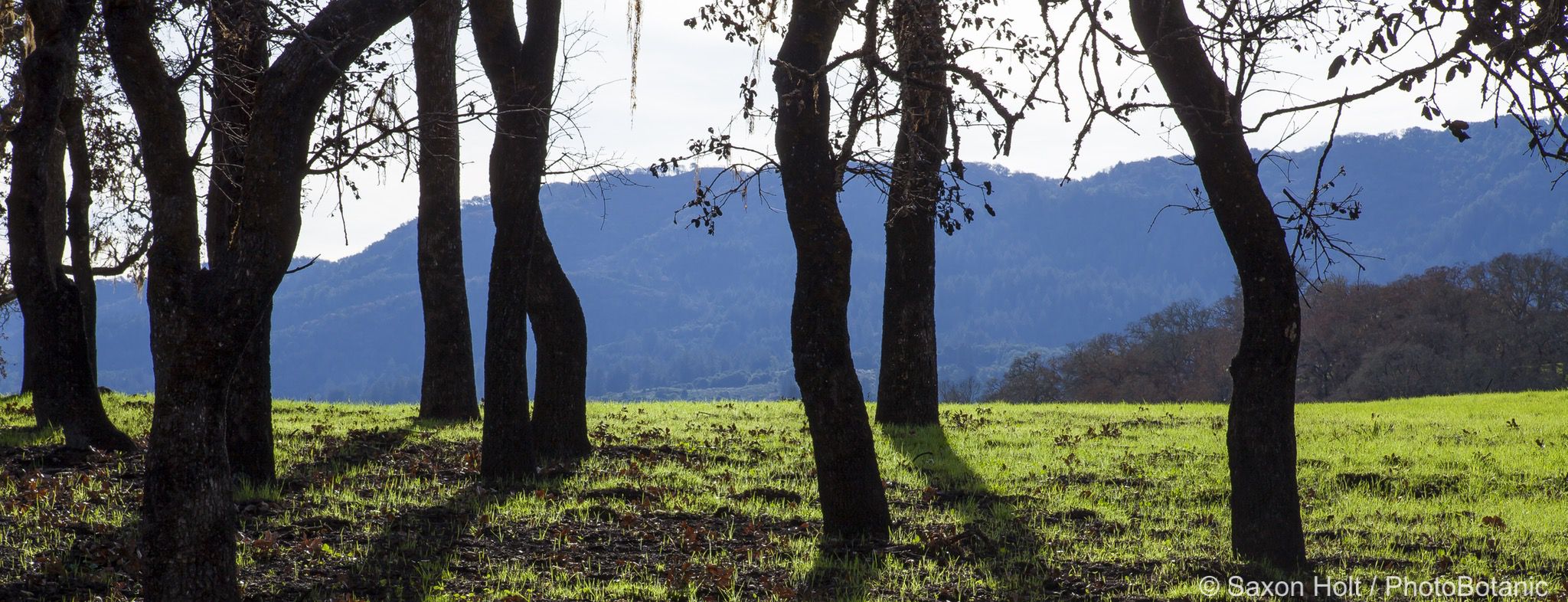
All of these panoramas above really emphasize the landscape, but it is possible to use panorama framing for macro photography too.

More favorite photos from 2017 in this gallery.




